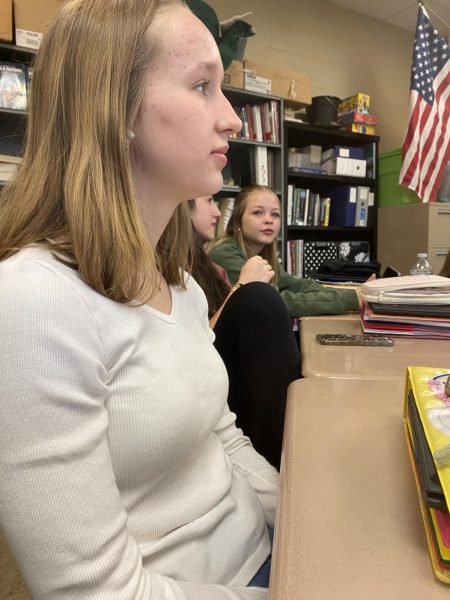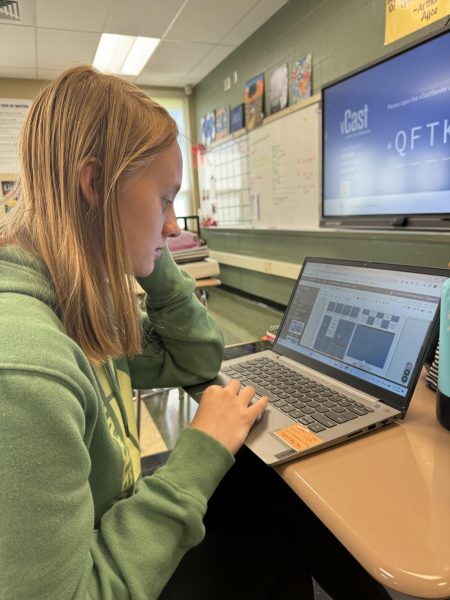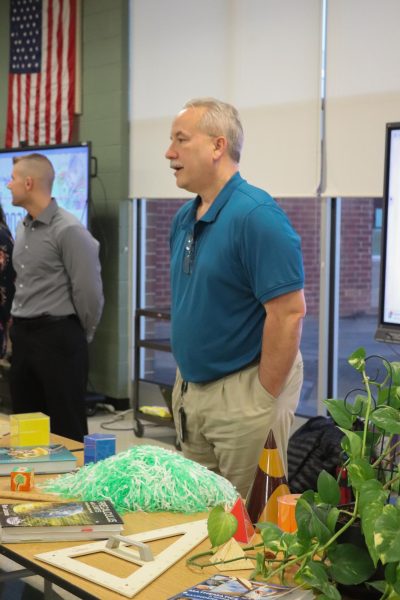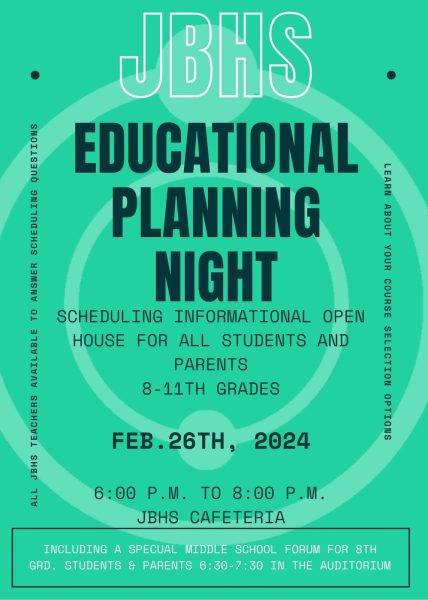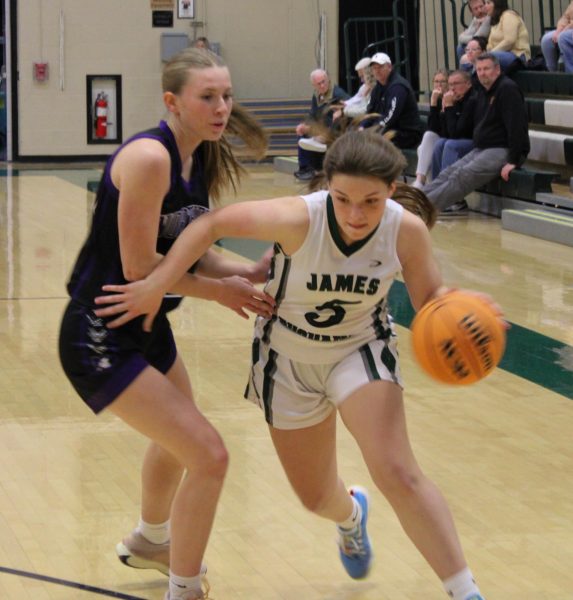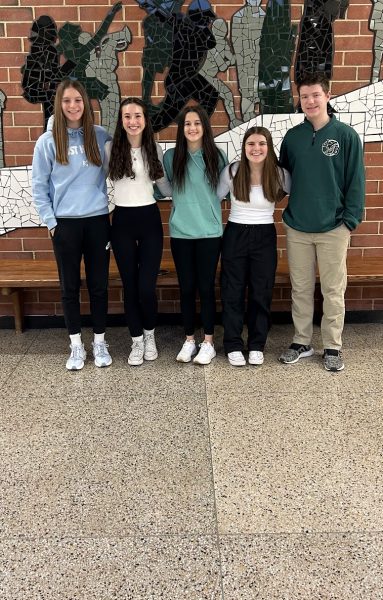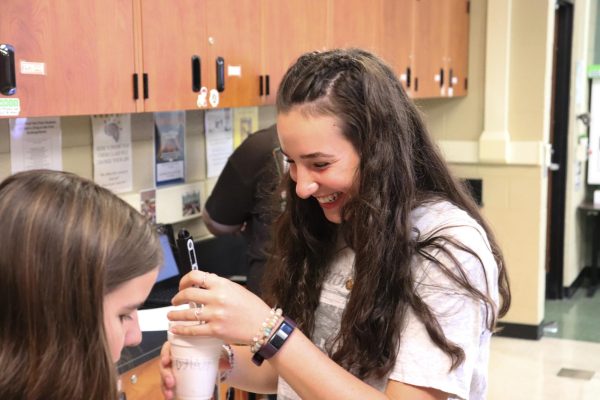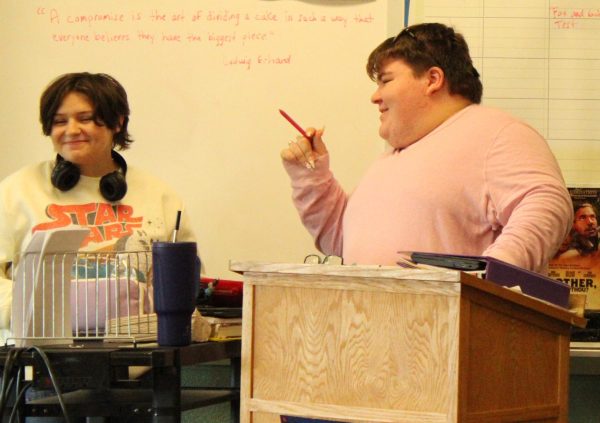The Battle Between Textbooks and Technology: Who will Win?
Back in the days when schools were different, students would use textbooks and pieces of paper from their notebook for their classwork. Some schools have started to lean toward technology, instead of using paper as classwork. At James Buchanan High School, there are many students that carry a laptop from class to class and not have to worry about carrying heavy textbooks home all the time because technology has improved over the years, the teaching style of some teachers altered.
“Most of what we do in class is online,” Ms. Nicole Myers (Faculty) said. “For most of our resources, I use Google Classroom to post assignments, I will use Actively Learn as one of our reading sources, and then Membean for all of our vocab.”
For Mr. Matthew Riegsecker (Faculty), he did not have to change his teaching style as much compared to Myers.
“We try to mix things up,” Riegsecker said. “The resources I use varies from the SmartBoard to their Chromebooks, to their textbooks, simulations, notes, projects, etc.”
Technology has improved over the years. Students use technology every single day, whether or not they are in school. Technology has been something that has adapted to everyday life, and now it has been implemented in schools.
“For one thing, technology is really quick,” Myers explained. “If I have one of those spur of the moment ideas, I do not have to run around and have it printed off and copied and stapled. I can push it out from Google Classroom through their Chromebooks.”
“I think that we have a district with a 1:1 initiative where students have Chromebooks. So we are expected to embrace that and also try to implement technology as much as we can,” Riegsecker said.
When classes are using technology, the textbooks tend to be out of sight. Some teachers like the idea of being able to find the textbooks online, while others think that having them in the classroom is still just as good.
“I have one book that I looked at my first year here. I use a couple of resources from it, but anything that’s in that book I can find online at this point,” Myers said. “I don’t like that much about textbooks at this point, but I will use the textbook if I run out of ideas.”
“The textbooks have a consistency in the information that is being presented to the students,” Riegsecker said. “We can all be on the same page as far as the content they are being delivered.”
The generation that kids are growing up in is different compared to the ways of their teachers. Students, on one hand, have a better understanding of what is going on and they have adapted to the way technology is used. Some students prefer having their classwork on paper, while others like the idea of having their classwork on their Chromebooks.
“I prefer the Chromebooks over the textbooks,” Danielle Barnhart (11) explains. “You have so much more information at your fingertips as opposed to carrying and lugging around like five textbooks.”
“I like textbooks because, especially for Math and History, whenever you are using them they are right there and you can flip the pages while you are doing your homework,” said Shaelyn Kaiser (11). “I feel like our technology can kind of be unreliable.”
As students go from grade to grade, they will have other teachers that have either similar or different teaching styles to other teachers they have had in the past years. Because teachers don’t follow the same teaching styles, students start to adapt to the way teachers teach.
“I like most of the teaching styles,” Barnhart said. “I especially like the Ag classes because they are not exactly lecture style, but instead, they are more interactive.”
“I think that my favorite teaching style is lecturing,” Kaiser said. “I like listening to things and I tend to listen by ear, which is the way I learn the best. I prefer everything to be physically in front of me because I always know that it [textbooks] is going to be there when I need it.”
Technology plays a role in formulating our future. In the late 1900s into early 2000s, technology was not nearly as complex as what it is now. During these years, teachers were starting to see the technology beginning to develop. When Myers was in college, she did not have the same technology students at James Buchanan have now. She was not taught how to use technology in her classes. It wasn’t until she started teaching at James Buchanan when she finally started to pick up on the idea of using technology within her classroom.
“Now I know more about technology and all that I do with it and I do not know how I would ever go backwards at this point,” Myers said. “Here, we have Chromebooks and we have this and we have that and I would eventually make it all work. I will never look back because it is way better.”
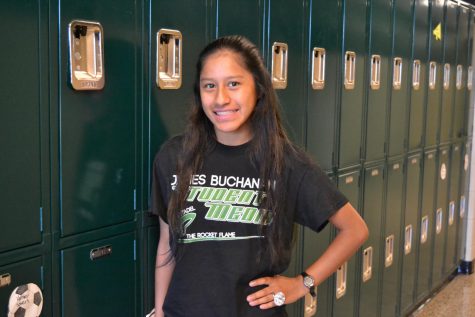
Megan Rummel lives in St. Thomas, PA. She lives with her mom, dad, and her two grandmas. Her brother lives in Chambersburg and is a father to his son...



